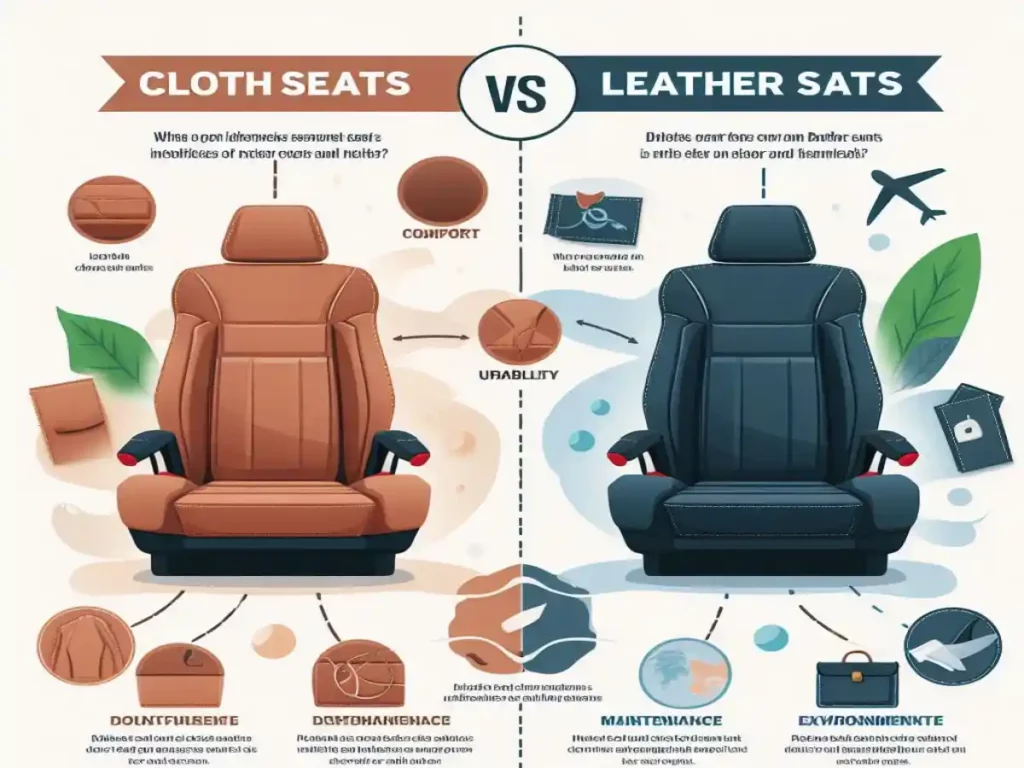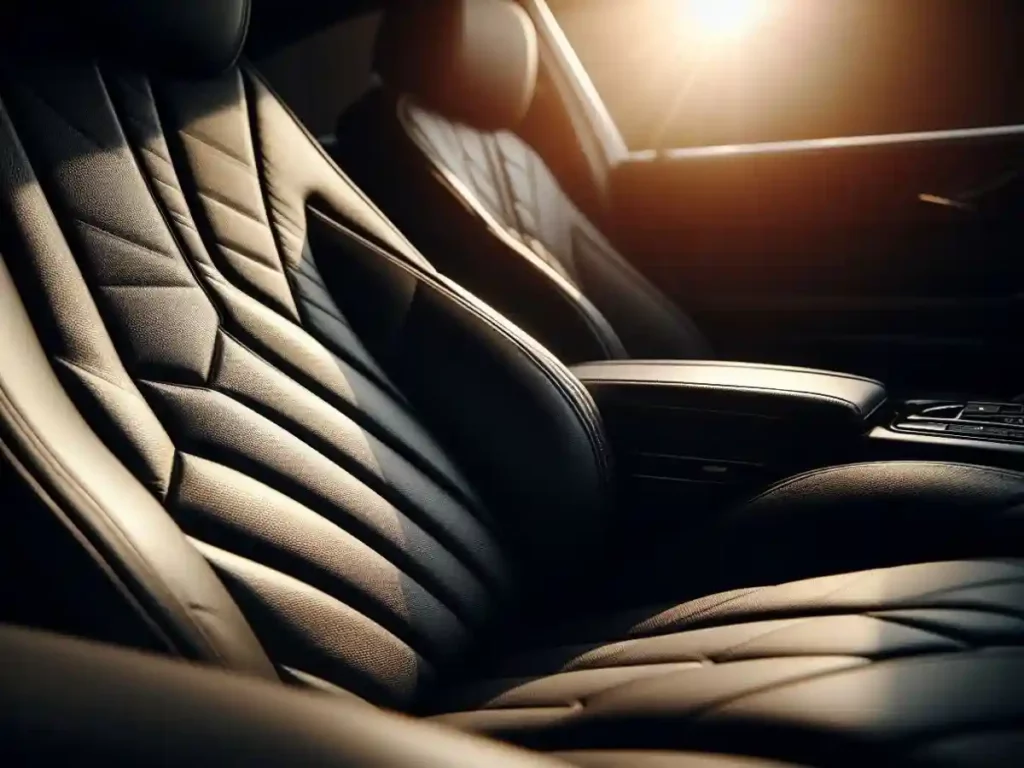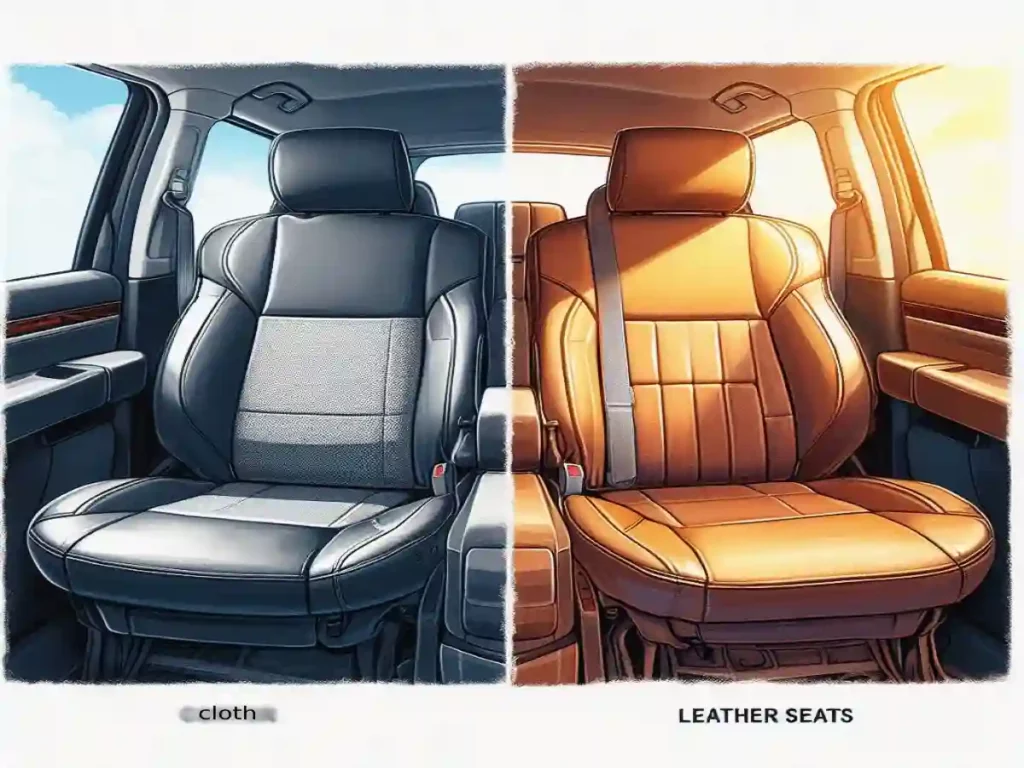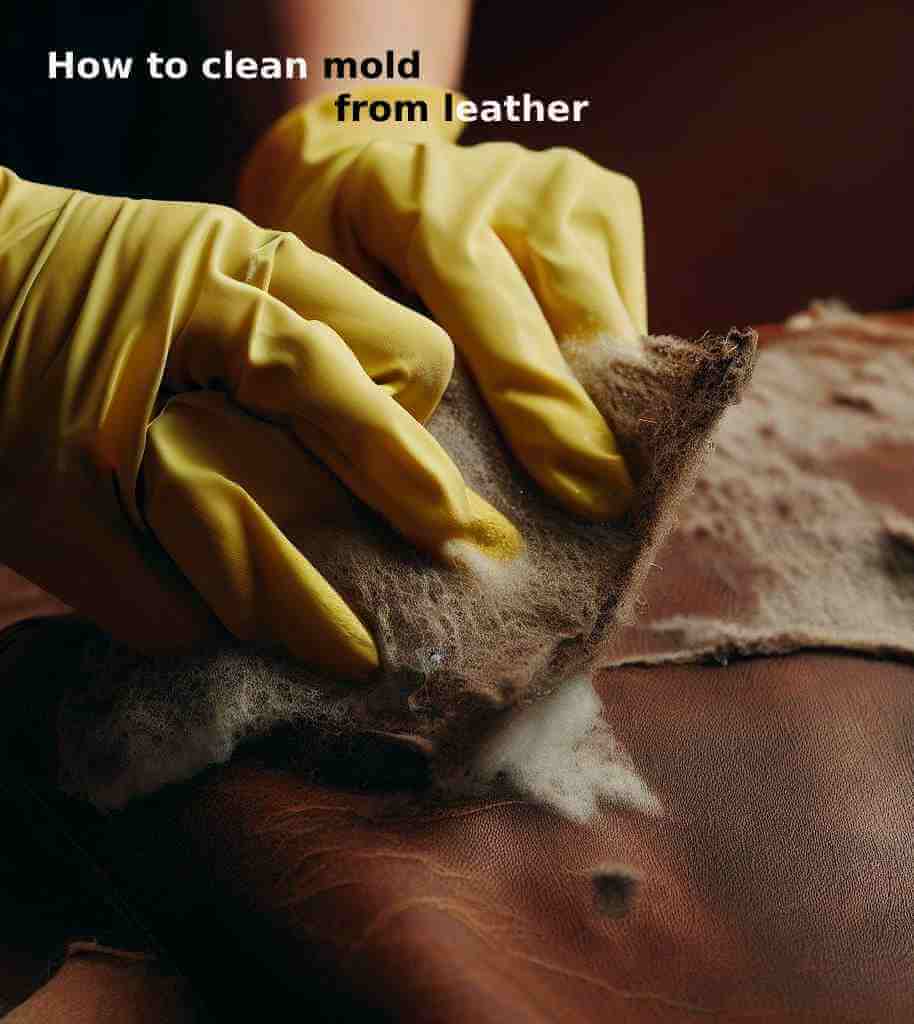Are cloth seats better than leather seats
Are cloth seats better than leather? yes, the age-old debate: Delve into the comfort, durability, cost, and style aspects to make an informed choice for your car interior. and the pros and cons of each option and find the perfect fit for your driving lifestyle. So discover the ultimate guide to cloth vs. leather seats here
1.Cloth Seats vs Leather Seats

When it comes to one of life’s age-old debates—cloth seats versus leather seats—I can’t help but feel a certain affinity for the topic. You see, it’s a question I’ve encountered countless times as a car enthusiast, and my experiences have led me to appreciate the nuances of this decision. So, let’s dive right in and explore the fascinating world of car seat materials.
Whether you’re purchasing a new vehicle or considering reupholstering the seats in your current ride, the choice between cloth and leather seats can be a head-scratcher. The question at the heart of it all is, “Are cloth seats better than leather?” However, the answer isn’t as straightforward as you might think.
The Complexity of Comfort and Personal Preference
One of the first things that come to mind when comparing cloth and leather seats is comfort. Cloth seats have a cozy, familiar feel to them. They’re soft and welcoming, especially on a chilly morning when you first slide into your car. They don’t get too hot in the summer sun, and you don’t need to worry about sticking to them during those sweltering days.
On the other hand, leather seats exude a sense of luxury and sophistication. They have a smooth, supple texture that some people find incredibly comfortable. But here’s the twist: leather can be a bit chilly in winter, and on a scorching summer day, it can feel like you’re sitting on a heated stove.
Ultimately, the comfort factor boils down to personal preference. Some folks adore the plush coziness of cloth seats, while others relish the opulent embrace of leather. It’s a matter of what suits you best and what you value most in your driving experience.
But comfort is only the tip of the iceberg in this cloth-versus-leather saga. In our journey through this blog post, we’ll delve deeper into the realms of durability, maintenance, cost, environmental impact, style, and aesthetics. By the time we’re through, you’ll be armed with the knowledge to make an informed decision about which seat material aligns with your needs and lifestyle.
2.The Comfort Factor
Ah, the comfort of car seats—perhaps one of the most crucial considerations when choosing between cloth and leather. As someone who’s spent countless hours behind the wheel, I’ve come to appreciate the nuances of both options. Let’s explore the comfort factor in greater depth.
1. The Embrace of Cloth Seats

Cloth seats have a certain warmth and familiarity that’s hard to beat. Picture this: a chilly morning, and you slip into your car, greeted by the soft, cushioned embrace of cloth. It’s like being enveloped in a cozy cocoon. These seats tend to provide a comfortable and relaxed driving experience, especially on long journeys.
One significant advantage of cloth is its temperature neutrality. When it’s blisteringly hot outside, cloth seats won’t scorch your skin like leather can. You won’t need oven mitts to grab the steering wheel on a sweltering summer day. Plus, you won’t stick to cloth seats, even if you’re wearing shorts.
Moreover, cloth seats tend to breathe better than leather. They don’t trap heat or moisture, which can be a relief during humid weather. If you live in an area with extreme climate fluctuations, cloth seats can offer consistent comfort throughout the year.
2. The Allure of Leather Seats
Now, let’s switch gears and talk about leather. Leather seats exude a sense of opulence and sophistication. The smooth, supple texture of quality leather is undeniably inviting. It’s a bit like stepping into a high-end hotel suite every time you enter your car.
While leather might not have the same plush feel as cloth, it has its own unique charm. The sensation of sitting on leather seats can be likened to being cradled by luxury. Many people find them exceptionally comfortable, particularly for short to medium-length drives.
However, there are caveats. Leather, being less porous than cloth, can be less forgiving in extreme temperatures. In winter, it can feel chilly until your body heat warms it up, and in summer, it can become uncomfortably hot. Ventilated or heated leather seats can mitigate some of these issues but come at an additional cost.
3. Personal Preference Prevails
So, where does this leave us in the cloth vs. leather comfort battle? Ultimately, it all comes down to personal preference. Some drivers swear by the plush comfort of cloth, while others wouldn’t trade their leather seats for anything. Your ideal choice depends on factors like your climate, driving habits, and the type of comfort that resonates with you.
Consider what matters most to you in your daily commute or road trips. Do you prioritize the cozy embrace of cloth, or does the allure of leather’s luxury win you over? Whichever path you choose, remember that the comfort of your car seats plays a significant role in your overall driving experience.
In our exploration of cloth and leather car seats, we’ve only scratched the surface. The journey continues as we delve into the realms of durability, maintenance, cost, environmental impact, style, and aesthetics. By the time we reach our destination, you’ll have a well-rounded perspective on whether cloth seats are better than leather, tailored to your unique preferences and needs.
3. Durability and Longevity
Now, let’s take a closer look at one of the critical aspects of the cloth vs. leather debate: durability and longevity. As someone who has seen both materials endure the test of time, I can shed some light on this essential factor.
1. Cloth Seats: A Test of Time
Cloth seats, for all their comfort and coziness, are often perceived as less durable than their leather counterparts. While it’s true that cloth can be more susceptible to stains, fading, and wear, it’s essential to note that not all cloth seats are created equal. Some modern fabric materials are engineered to be remarkably robust.
The longevity of cloth seats depends largely on the quality of the material and how well they are maintained. High-quality cloth can resist stains and spills better than you might expect. Regular vacuuming and occasional spot cleaning can go a long way in preserving their appearance.
In terms of wear and tear, cloth seats may show signs of use over time, such as slight fraying or pilling. However, these effects are generally gradual and often occur after several years of regular use. Additionally, if damage does occur, cloth seats are usually easier and more affordable to repair or reupholster compared to leather.
2. Leather Seats

Leather seats are renowned for their durability and longevity. High-quality leather can withstand years of use without showing significant signs of wear. In fact, some enthusiasts believe that leather seats improve in appearance as they age, developing a patina that adds character and charm.
One of the key advantages of leather’s durability is its resistance to stains and spills. Unlike cloth, leather is less porous and easier to clean. Most spills can be wiped away with a damp cloth, making it an excellent choice for families or those prone to accidents.
However, it’s essential to consider maintenance. Leather seats require regular conditioning to prevent drying and cracking, especially in dry climates. Neglecting this maintenance can lead to premature wear and potential expenses for repairs.
3. Balancing Act: Maintenance and Longevity
When it comes to durability and longevity, the choice between cloth and leather is a bit of a balancing act. Cloth seats can last quite a while with proper care, and they are often more forgiving in terms of maintenance. On the other hand, leather seats, while inherently durable, demand regular attention to retain their luster.
Your decision should factor in your willingness to invest time and effort in maintenance. If you’re diligent about caring for your car’s interior, leather seats might be a solid choice for you. However, if you prefer a more low-maintenance option, quality cloth seats can still provide years of comfort and service.
In conclusion, the leather seats vs cloth debate in terms of durability and longevity is nuanced. Neither material is inherently superior in this regard; instead, the choice depends on your maintenance preferences and how well you care for your car’s interior. As we continue our journey through the world of car seat materials, we’ll explore other essential factors to consider in your decision-making process.
4.Cost Comparison

Now, let’s steer our discussion toward an area that often influences the choice between cloth and leather seats: the cost factor. As someone who has weighed the financial aspects of this decision, I can share valuable insights into the economic implications of your choice.
1. Initial Costs: Cloth Seats Take the Lead
When you’re in the market for a new vehicle, you’ll quickly notice a stark difference in the initial costs of cars with cloth seats compared to those with leather. Generally, cloth seats come as standard or are offered as more affordable options in most vehicles, making them the go-to choice for budget-conscious buyers.
Cloth seats can significantly lower the base price of a car, which can be an enticing prospect, especially if you’re looking to save money upfront. This affordability makes cloth seats a popular choice in economy cars and entry-level models.
2. Long-Term Considerations: Leather Seats Luxury Has a Price
While cloth seats might take the lead in initial costs, the long-term considerations reveal a more complex financial picture. Leather seats, with their reputation for durability and timeless elegance, often come at a premium.
In addition to the higher purchase price for a car with leather seats, you should also consider the potential maintenance costs. Leather requires periodic conditioning to keep it from drying out and cracking. Neglecting this can result in costly repairs. Additionally, any damage to leather seats, such as tears or scuffs, can be expensive to fix.
On the other hand, cloth seats are generally more forgiving when it comes to maintenance and repairs, which can lead to lower long-term costs.
3. Resale Value: Leather May Hold the Edge
When contemplating the cost of your car seats, it’s essential to factor in resale value. Leather seats can often enhance a vehicle’s resale value, as they are associated with luxury and premium features. Buyers are willing to pay more for a used car with leather seats, potentially offsetting the higher initial cost.
Cloth seats, while durable and comfortable, may not have the same impact on resale value. If you plan to sell or trade in your vehicle down the road, leather seats can work in your favor by fetching a higher price.
In conclusion, the cost comparison between cloth and leather seats is multifaceted. Cloth seats are budget-friendly in terms of the initial purchase price and lower maintenance costs, making them attractive for cost-conscious buyers. On the other hand, leather seats come at a premium but can potentially boost resale value. Your decision should align with your budget, your long-term ownership plans, and your preferences for luxury and comfort. As we move forward, we will answer the following question are cloth seats better than leather to help you make an informed decision.
5. Environmental Impact
When it comes to choosing between cloth and leather seats, it’s not just about personal comfort and cost; it’s also essential to consider the environmental impact of your decision. As someone who values sustainability and has pondered the green aspects of this choice, I can offer insights into the ecological implications.
1.Cloth Seats: A Potential Eco-Friendly Choice

Cloth seats often have an advantage when it comes to environmental impact. Many cloth materials are made from natural or recycled fibers, reducing the ecological footprint. These materials tend to be less resource-intensive in terms of production and have the potential to be biodegradable.
Additionally, cloth seats are often more energy-efficient to produce compared to leather, which typically involves extensive chemical processing. While not all cloth materials are created equal, options like recycled polyester or sustainable fabrics are available for eco-conscious consumers.
2.Leather Seats: The Environmental Trade-Off
Leather seats, while associated with luxury, come with a more substantial environmental trade-off. The leather production process involves the use of chemicals, water, and energy, and it often contributes to deforestation and greenhouse gas emissions. The demand for leather has led to concerns about the sustainability of the industry.
However, it’s worth noting that some manufacturers are taking steps to address these issues. Sustainable leather production practices are emerging, with a focus on reducing environmental impact and ensuring ethical treatment of animals.
3.A Matter of Values and Priorities
When it comes to the environmental impact of car seat materials, the choice between cloth and leather ultimately comes down to your values and priorities. If you’re passionate about sustainability and minimizing your carbon footprint, cloth seats made from eco-friendly materials may align better with your principles.
On the other hand, if you’re looking for a luxury feel and are willing to invest in leather, consider exploring options with sustainability certifications or supporting manufacturers with responsible leather sourcing practices.
In the end, your choice between leather or cloth seats can be a statement of your values. It’s a reflection of your commitment to environmental responsibility and your desire for comfort and style in your vehicle.
6. Style and Aesthetics

As we delve into the cloth vs. leather seats debate, we arrive at a subjective yet significant factor: style and aesthetics. Your choice of car seat material can have a profound impact on the overall look and feel of your vehicle’s interior. Allow me to share insights on this aspect.
1 .Leather Seats: Elegance and Timelessness
Leather seats exude an air of elegance and timelessness that is hard to match. They convey luxury and sophistication, elevating the overall aesthetic of your vehicle’s interior. The smooth, supple texture of leather exudes a sense of opulence.
One of the key advantages of leather is that it can enhance the resale value of your car. When you open the door to a car with leather seats, it feels like stepping into a premium environment. The luxurious appeal of leather often makes a strong first impression.
2 .Cloth Seats: Versatile and Cozy
Cloth seats offer a sense of versatility that can appeal to various tastes. They come in a wide range of colors and patterns, allowing you to personalize your car’s interior to your liking. Whether you prefer a classic, understated look or a vibrant, bold design, cloth seats can accommodate your style.
The coziness of cloth seats also adds to their appeal in terms of aesthetics. They give your car’s interior a warm and inviting atmosphere. If you’re the type who enjoys a comfortable, homey feel, cloth seats can provide that cozy ambience.
3.Personal Style and Preferences
When considering style and aesthetics, it’s crucial to factor in your personal preferences. Are you drawn to the classic elegance of leather, or do you lean toward the cozy versatility of cloth? Your choice should align with your unique style and the ambiance you want to create in your car.
It’s also worth considering the overall design and color scheme of your vehicle’s interior. The seat material should harmonize with other elements, such as the dashboard, door panels, and trim. Cohesive design choices can create a visually pleasing and harmonious environment.
In conclusion, the style and aesthetics of cloth seats vs. leather are a matter of personal taste and design preferences. Your decision should reflect your individual style and the ambiance you want to cultivate in your vehicle.
7. Suitability for All Days of the Year
At this stage, we come to an important consideration: the suitability of these materials for all days of the year. Weather and climate variations can significantly impact your driving experience, so let’s delve into this aspect with a personal and informative perspective.
1. Cloth Seats: A Year-Round Companion
Cloth seats are like the Goldilocks of car seats, offering a balanced solution for all seasons. During the scorching days of summer, they remain cool to the touch, ensuring you don’t experience the sizzle when entering your vehicle. In the colder months, cloth seats don’t turn into icy blocks and are relatively quick to warm up.
They also shine in regions with fluctuating weather patterns. Cloth seats are less prone to extreme temperature fluctuations, ensuring that you won’t face the discomfort of a sizzling seat in the morning and a chilly one in the evening.
Moreover, cloth seats are highly breathable, which is a boon for those hot and humid days. You won’t be left with that unpleasant, sticky feeling on your back during a summer road trip. In essence, cloth seats are your reliable year-round companion, providing comfort regardless of the weather.
2. Leather Seats: The Luxury That Requires Consideration
While leather seats are synonymous with luxury and elegance, their suitability for all seasons is a bit more nuanced. In the summertime, leather seats can become quite hot and uncomfortable. Imagine sitting on a heated stove during a heatwave. You might need seat covers or a towel to protect your skin.
Conversely, in colder climates, leather seats can feel frigid until your body heat warms them up. You might find yourself longing for heated seats on a frosty winter morning. For those living in regions with extreme weather, additional features like heated or ventilated leather seats can help alleviate some of these issues.
3. Consider Your Local Climate
When pondering the suitability of cloth or leather seats for all days of the year, it’s crucial to consider your local climate. If you live in an area with a consistent climate or one that rarely experiences temperature extremes, leather seats can be a viable option, provided you’re willing to invest in additional features for comfort.
In regions with varying weather conditions, cloth seats often prove to be the more practical choice. They adapt to the climate and provide consistent comfort year-round without requiring extra accessories or features.
we think, you’ll now have a comprehensive understanding of the factors that come into play when deciding between cloth and leather seats. So Your choice should ultimately align with your unique needs, preferences, and the climate in which you find yourself driving on all days of the year.
8. Maintenance and Care
Our analyses through the cloth vs. leather seats debate nears its end, we reach a critical juncture: maintenance and care. How you care for your car seats can significantly impact their appearance, longevity, and comfort. Let’s explore the maintenance and care requirements for both cloth and leather seats.
1. Cloth Seats: A Relatively Low-Maintenance Option
One of the distinct advantages of cloth seats is their lower maintenance demands. They’re generally forgiving when it comes to spills and stains. Routine maintenance primarily involves vacuuming to remove dust and debris. You can also tackle minor spills with a cloth or upholstery cleaner.
For more stubborn stains, some cloth seats may be treated with stain-resistant coatings, which can make cleanup even more manageable. In general, cloth seats tend to be less sensitive to everyday wear and tear, and any damage that does occur can often be repaired relatively easily and affordably.
2. Leather Seats: The Care and Conditioning Regimen
Leather seats, while elegant and durable, require more attention to maintain their appearance and comfort. Leather is more susceptible to drying and cracking, especially in dry climates. As a result, regular conditioning is essential to keep the material supple and prevent it from developing cracks.
To clean leather seats, you’ll need a leather-specific cleaner and conditioner. These products help remove dirt, grime, and oils while replenishing the natural oils in the leather. Regular cleaning and conditioning can prevent the buildup of contaminants and maintain the leather’s luster.
Additionally, it’s important to address spills promptly to prevent stains. Leather, while relatively resistant to liquids, can still show signs of staining if spills are not attended to in a timely manner. For more severe damage, such as tears or scuffs, professional repair may be necessary.
3. Upholstery Protection Accessories
Both cloth and leather seats can benefit from the use of upholstery protection accessories. Seat covers or liners can help shield your seats from spills, pet hair, and other potential sources of damage. This additional layer of protection can extend the life of your seats and reduce the frequency of deep cleaning and maintenance.
When it comes to maintenance and care, cloth seats have an edge in terms of low maintenance requirements. They are forgiving and relatively easy to clean, making them an attractive option for those who prefer a low-maintenance vehicle interior. Leather seats, while more sensitive, can be maintained with a regular care and conditioning regimen to ensure they stay in top condition.
With this comprehensive understanding of maintenance and care, you’ll be well-equipped to make an informed decision when choosing between cloth and leather seats. Your choice should align with your willingness to invest time and effort in keeping your car’s interior looking and feeling its best.
Table showing the difference between Cloth Seats and Leather Seats
asimplified table comparing cloth seats and leather car seats across various aspects:
| Cloth Seats | Leather Seats | |
| Comfort | Cozy and adaptable to different temperatures | Luxurious feel but can be hot in summer |
| Durability | Generally less prone to wear and tear | Durable, ages well with potential patina |
| Maintenance | Low maintenance, forgiving with spills | Requires regular cleaning and conditioning |
| Cost | Often more affordable upfront | Higher initial cost, potential long-term |
| Environmental Impact | Potential for eco-friendly options | Environmental concerns with production |
| Style and Aesthetics | Versatile designs, warm and inviting | Elegance and timeless appeal |
| Year-Round Suitability | Adaptable to all seasons, breathable | Temperature-sensitive, may be hot in summer |
| Resale Value | May have less impact on resale value | Can enhance resale value for luxury appeal |
Conclusion:
In the intricate tapestry of the cloth vs. leather seats debate, we’ve embarked on a journey through comfort, durability, cost, environmental impact, style, seasonal suitability, and maintenance. As we bring this exploration to a close, let’s distill our insights into a final perspective on the age-old question: Are cloth seats better than leather?
A Matter of Personal Preference
The truth is, there’s no one-size-fits-all answer. The preference for cloth or leather seats ultimately hinges on your unique needs, lifestyle, and personal preferences. If you prioritize a warm, cozy feel and a low-maintenance approach, cloth seats may be your perfect match. On the other hand, if you’re drawn to the luxurious appeal of leather and are willing to invest in maintenance, leather seats might be your chosen path.
Consider the Full Spectrum of Factors
Our exploration has uncovered a spectrum of factors to consider. Cloth seats shine in terms of initial cost, comfort, and low maintenance. They often present a more eco-friendly option and adapt well to different weather conditions. Meanwhile, leather seats exude luxury, offer durability, and can enhance the resale value of your vehicle.
Balancing Act
Choosing between cloth and leather seats is a balancing act, and finding the right equilibrium requires careful consideration of your priorities. Are you willing to invest in the initial cost and maintenance of leather for the luxurious feel it provides? Or does the practicality and comfort of cloth seats align more with your lifestyle?
Tailor Your Choice to Your Lifestyle
In the grand scheme of things, your decision is a reflection of your lifestyle, values, and the way you experience your vehicle. Whether you lean towards the plush coziness of cloth or the sophisticated allure of leather, the choice is yours to tailor.
As you navigate the intricate web of choices, keep in mind that advancements in material technology continually bring new options to the table. Fabrics with enhanced durability, eco-friendly materials, and innovative features are transforming the landscape of car seat choices.
In the end, there’s no right or wrong answer—only the choice that best aligns with your vision of comfort, style, and practicality. So, as you take the wheel and embark on your car seat journey, may your choice lead to many comfortable and enjoyable miles ahead. Safe travels!


